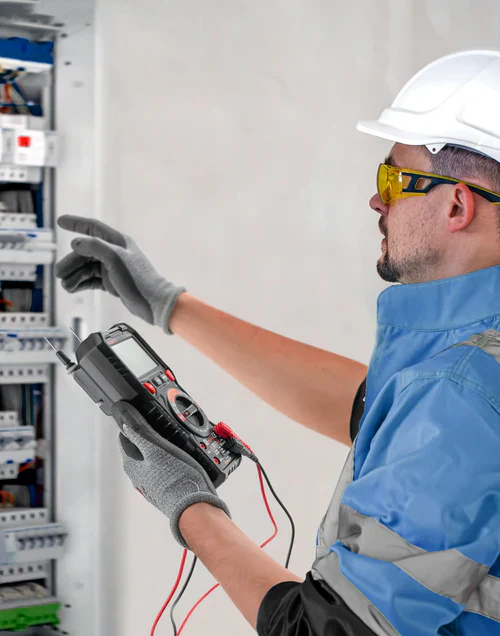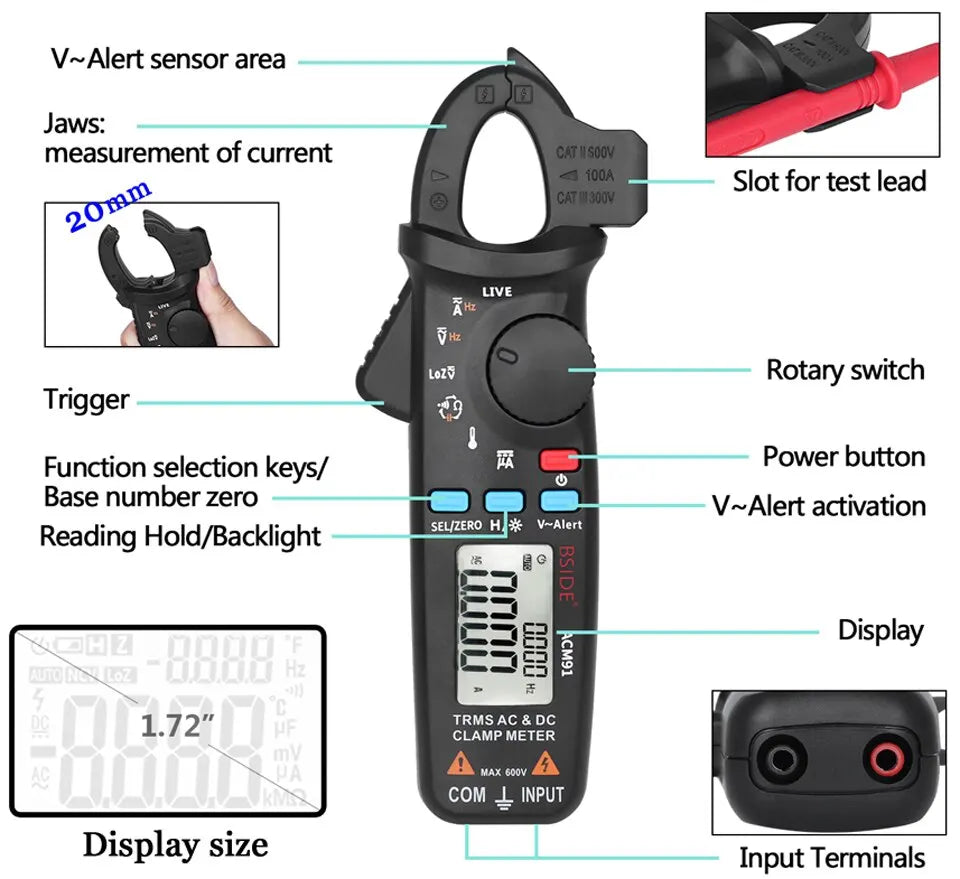When you're working with a multimeter, one of the most common (and sometimes surprising) features is the beeping sound. But what exactly does it mean when your multimeter beeps?
Whether you're testing a circuit, checking for continuity, or measuring voltage, that familiar beep is more than just a noise—it’s a helpful guide. Let’s break down what the beep means, when to expect it, and how BSIDE multimeters use this feature to improve your workflow.
Understanding the Beep
In most cases, the beep on a multimeter indicates continuity. That is, the multimeter has detected a complete path between two points in an electrical circuit. This function is widely used by electricians, engineers, and DIYers to check for broken wires, faulty connections, or to verify that a fuse is intact.
For example, when testing a wire, if your multimeter beeps, it means the wire is intact and electricity can flow freely through it. No beep? That likely means a break in the connection.
How BSIDE Multimeters Take It Further
While many brands offer basic continuity testing, BSIDE models like the BSIDE S11 and BSIDE ZT-M1 are designed to make your experience even smoother:
-
✅ Auto-sensing technology: Automatically switches to continuity mode when leads are inserted into a circuit.
-
🔊 Loud and clear beep: Audible enough for noisy environments or large workshop settings.
-
💡 Visual indicators: Some BSIDE models pair the beep with a bright LED, giving you both audio and visual confirmation.
In contrast, many entry-level models from brands like AstroAI or Kaiweets only offer basic continuity with limited accuracy and no auto-sensing. BSIDE bridges the gap between professional-grade tools and accessible pricing.
Other Reasons Your Multimeter Might Be Beeping
While continuity is the most common reason, there are a few other causes:
-
Incorrect dial setting: Some multimeters beep if the test leads are plugged into the wrong ports for the selected mode.
-
Live voltage detection: BSIDE’s smart multimeters will beep to warn you when live voltage is detected, even before you start measuring.
-
Auto power-off reminders: A soft beep might signal that the device is about to shut off to preserve battery.
Tips for Using Continuity Beep Effectively
-
Always test your multimeter on a known good connection to ensure it's working.
-
Use the beep in tight spaces where a screen might be hard to see.
-
Combine with visual cues (like BSIDE’s dual alerts) for increased safety.
Conclusion
The beep from your multimeter isn’t just noise—it’s communication. Whether you're a seasoned technician or just learning, knowing what that beep means can save you time and avoid costly mistakes.
With BSIDE’s intelligent multimeters like the FWT82 and S30, you're not only getting reliable continuity checks but a smarter, safer, and more intuitive measuring experience.




Partager:
What setting should my multimeter be on?
How to Measure VDC with a Multimeter?